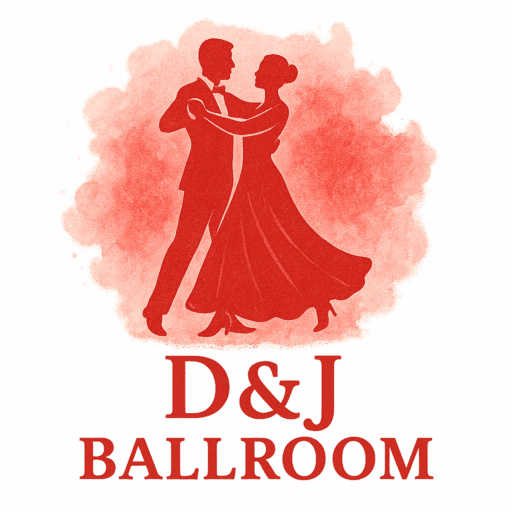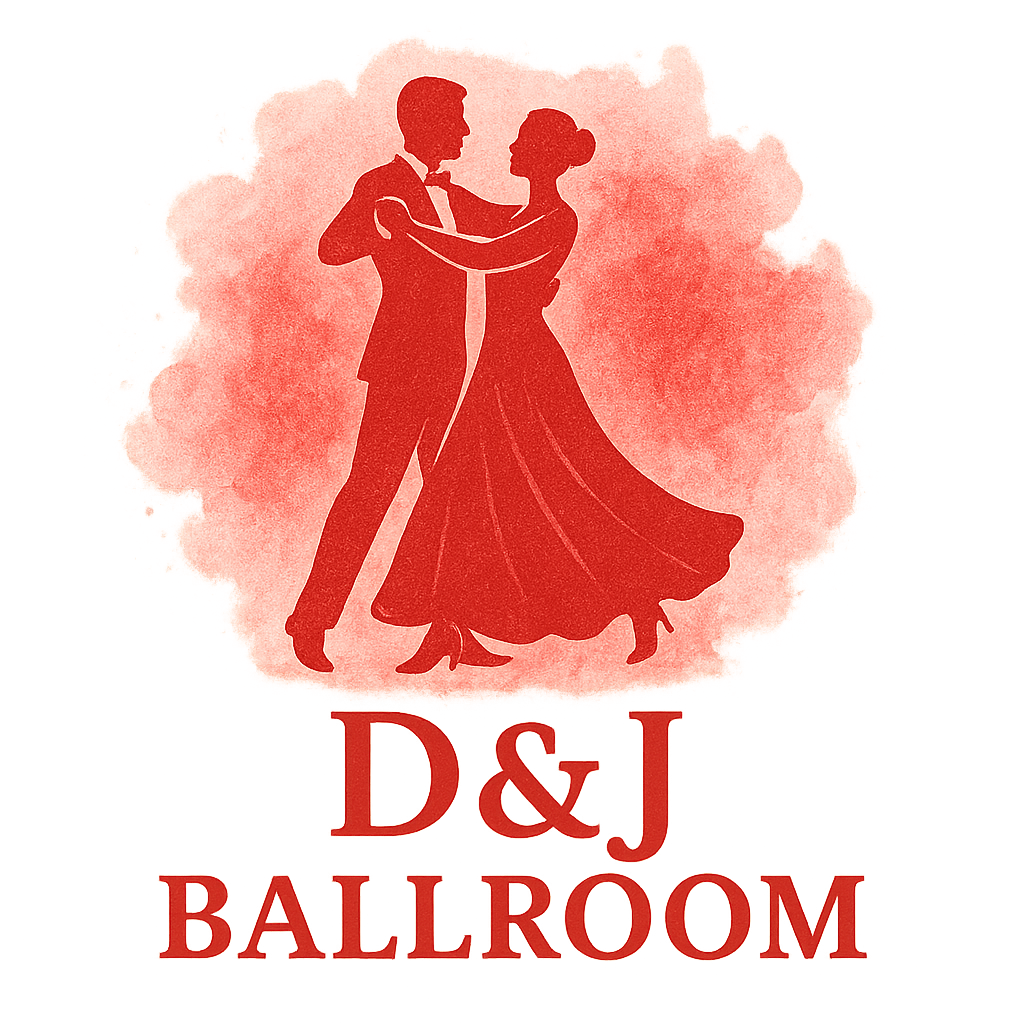Introduction to Ballroom Coordination
Have you ever watched ballroom dancers glide across the floor with such effortless grace and wondered, “What’s their secret?” The answer almost always comes down to coordination. Coordination in ballroom dance is about more than just moving your feet; it’s the seamless integration of posture, timing, rhythm, arm placement, and even how you shift your weight.
The best part? You don’t need a studio or a professional dance floor to sharpen these skills. You can practice ballroom technique drills at home and dramatically improve your coordination. With just a bit of space, a mirror, and dedication, you can start dancing with the same polish and confidence you see in competitions.
If you want to understand the deeper roots of ballroom and why coordination plays such a crucial role, check out this guide on the history and culture of ballroom dance.
Why Coordination Matters in Ballroom Dancing
In ballroom, coordination is the thread that ties together every element of dance. Without it, even the most technically correct steps can feel robotic or clunky. With it, dancers appear fluid, balanced, and in harmony with both the music and their partner.
Think of coordination as the conductor of an orchestra. Your arms, legs, and posture are instruments, and if one is out of sync, the performance falters. This is why consistent ballroom training is essential—it develops the muscle memory and body awareness needed for effortless coordination.
For a deeper dive into the mechanics of ballroom, explore these insights on ballroom techniques and training.

Practicing Ballroom at Home Effectively
A lot of dancers assume progress only happens in a formal studio, but the reality is that at-home practice often builds the foundation for breakthroughs. When you repeat drills in a focused, distraction-free environment, your body adapts quicker.
Here’s what you’ll need for home practice:
- Clear space – Even the size of a yoga mat can be enough.
- A mirror or smartphone – Feedback is everything.
- Comfortable shoes or dance slippers – Keep it realistic.
- Ballroom music playlist – Stay in rhythm.
And if you’re curious about how professional dancers prepare behind the scenes, this breakdown of ballroom events and competitions reveals how drills directly translate to performance success.
Drill 1: Basic Posture Alignment
How to Perfect Your Ballroom Posture
Posture is the bedrock of ballroom technique. Without it, coordination falls apart. Stand tall with your feet hip-width apart, shoulders relaxed but active, and core engaged. Imagine a string gently pulling you up from the crown of your head.
Spend a few minutes each day walking slowly across the room while maintaining this posture. Over time, your body will automatically “lock in” to this frame.
Common Mistakes in Posture
- Arching the back excessively
- Tensing the shoulders
- Dropping the head forward
Correcting these early prevents bad habits later. For posture paired with style, see how ballroom attire and fashion can enhance your frame on the dance floor.
Drill 2: Weight Transfer Exercises
The Importance of Weight Transfer in Ballroom
If posture is the foundation, weight transfer is the glue. Ballroom steps aren’t just “place foot here, place foot there.” The beauty comes from how you shift your weight. Smooth transitions make every movement look connected.
Simple At-Home Weight Transfer Drill
Stand with feet together. Slowly shift your weight from left to right, exaggerating the movement so you feel pressure through the balls of your feet. Once comfortable, add forward and backward transfers to mimic waltz and tango patterns.
This drill helps you master balance—a critical part of ballroom dance styles such as foxtrot and rumba.
Drill 3: Footwork Precision Training
Practicing Heel and Toe Placement
Ballroom is incredibly precise about foot placement. In waltz, for example, forward steps are taken on the heel, while in dances like rumba, the emphasis is on the ball of the foot.
Practice by walking forward across your practice space with deliberate heel leads, then backward focusing on toe releases.
Building Muscle Memory for Footwork
Set a timer for five minutes. Walk forward, backward, and sideways, concentrating on exact placement. This repetition builds the kind of automatic muscle memory that advanced dancers rely on in ballroom competitions.
Drill 4: Rise and Fall Coordination
Understanding Rise and Fall in Waltz
The rise and fall give the waltz its signature “rolling wave” feel. This technique isn’t only about aesthetics; it’s about timing and control.
At-Home Practice Techniques
Stand with feet together. Bend your knees slightly, then roll up through the balls of your feet as you straighten. Sync this with a waltz track and focus on smooth transitions.
For more background, here’s a detailed resource on the waltz as a ballroom style.
Drill 5: Frame and Arm Positioning
Maintaining a Strong Dance Frame
Your arms are more than decoration—they’re the primary way you communicate with your partner. A stable frame ensures clean lead and follow mechanics.
Exercises for Arm Stability
Hold light hand weights and practice maintaining your frame for 2–3 minutes. This strengthens endurance and keeps your arms from sagging mid-dance.
If you’re working on presentation, pair this with the wardrobe insights from ballroom fashion and wardrobe tips.
Drill 6: Spotting for Spins and Turns
Why Spotting is Crucial
Spotting—focusing your gaze on a single point while spinning—is what prevents dizziness and keeps you aligned.
Easy Spotting Drills for Beginners
Pick a spot on the wall, stand tall, and rotate your body while snapping your head back to that spot at the last moment. Start with half-turns, then progress to full spins.
This technique is especially critical in fast-turning dances like tango.
Drill 7: Timing and Rhythm Practice
Using Music to Enhance Coordination
Without rhythm, ballroom loses its magic. Rhythm is what transforms steps into dance.
Clap and Step Rhythm Drill
Pick a ballroom track—say, a tango in 2/4 time. Clap along until you feel the beat. Once you’ve got it, add steps in rhythm with your claps.
Dancers preparing for ballroom events often use rhythm drills to sharpen their musicality.
Drill 8: Partner Connection Simulation
Practicing Lead and Follow Without a Partner
Connection is one of ballroom’s most beautiful elements, but you don’t need a partner to train it.
Using Resistance Bands for Connection
Anchor a resistance band to a sturdy object. Practice pushing and pulling gently against it, imagining how you’d guide or respond to a partner’s energy.
This technique improves sensitivity—essential for ballroom training.
Drill 9: Floor Craft and Spatial Awareness
Moving with Awareness at Home
Ballroom dancers aren’t just dancing—they’re navigating the floor. Knowing where you are in relation to others is crucial in competition.
Shadow Dancing Around Obstacles
Place chairs or cushions in your practice area. Dance around them as if they were other couples. This trains awareness and adaptability, skills that are vital in competitive ballroom culture.
Drill 10: Full Routine Integration
Combining Drills into a Mini Routine
Pick a few drills—like posture, footwork, and rhythm—and string them together into a short, 2-minute routine. This helps you see how each drill contributes to the bigger picture.
Recording and Reviewing Progress
Use your phone to record your practice. Watching yourself back highlights areas you didn’t notice in the moment.
Over time, this technique will prep you for the demands of ballroom dance competitions.
Tips for Success with At-Home Ballroom Drills
Setting a Practice Schedule
Consistency beats intensity. Fifteen minutes daily will do more for your coordination than two hours once a week.
Tracking Your Improvement
Keep a simple dance journal. Log which drills feel easier over time. This builds motivation and makes your progress visible.
For structured approaches, see more ballroom technique training resources.
Conclusion
Ballroom coordination is a skill you can absolutely develop at home. With these 10 ballroom technique drills for coordination, you’ll strengthen posture, refine footwork, improve rhythm, and sharpen awareness. The more consistent your practice, the more naturally your body will respond on the dance floor.
Whether you’re dancing socially, training for competition, or just enjoying the art form, coordination drills will help you move with confidence, precision, and elegance.
FAQs
Can I really improve ballroom coordination at home?
Absolutely. With the right drills, you can train your body to move more fluidly—even without a studio.
How often should I practice these drills?
Aim for at least 15–30 minutes daily for noticeable improvement.
Do I need a partner for ballroom technique drills?
Not at all. Many of these exercises are designed for solo practice.
What music is best for practicing coordination drills?
Choose tracks aligned with your style—like a smooth waltz or fiery tango.
How long until I see improvement in my dancing?
Most dancers notice progress within 4–6 weeks of consistent practice.
Are these drills suitable for beginners?
Yes! They’re designed to build a strong foundation for all levels.
Can I use these drills for competition preparation?
Definitely. They enhance precision, rhythm, and floor awareness—all crucial in competition settings.


